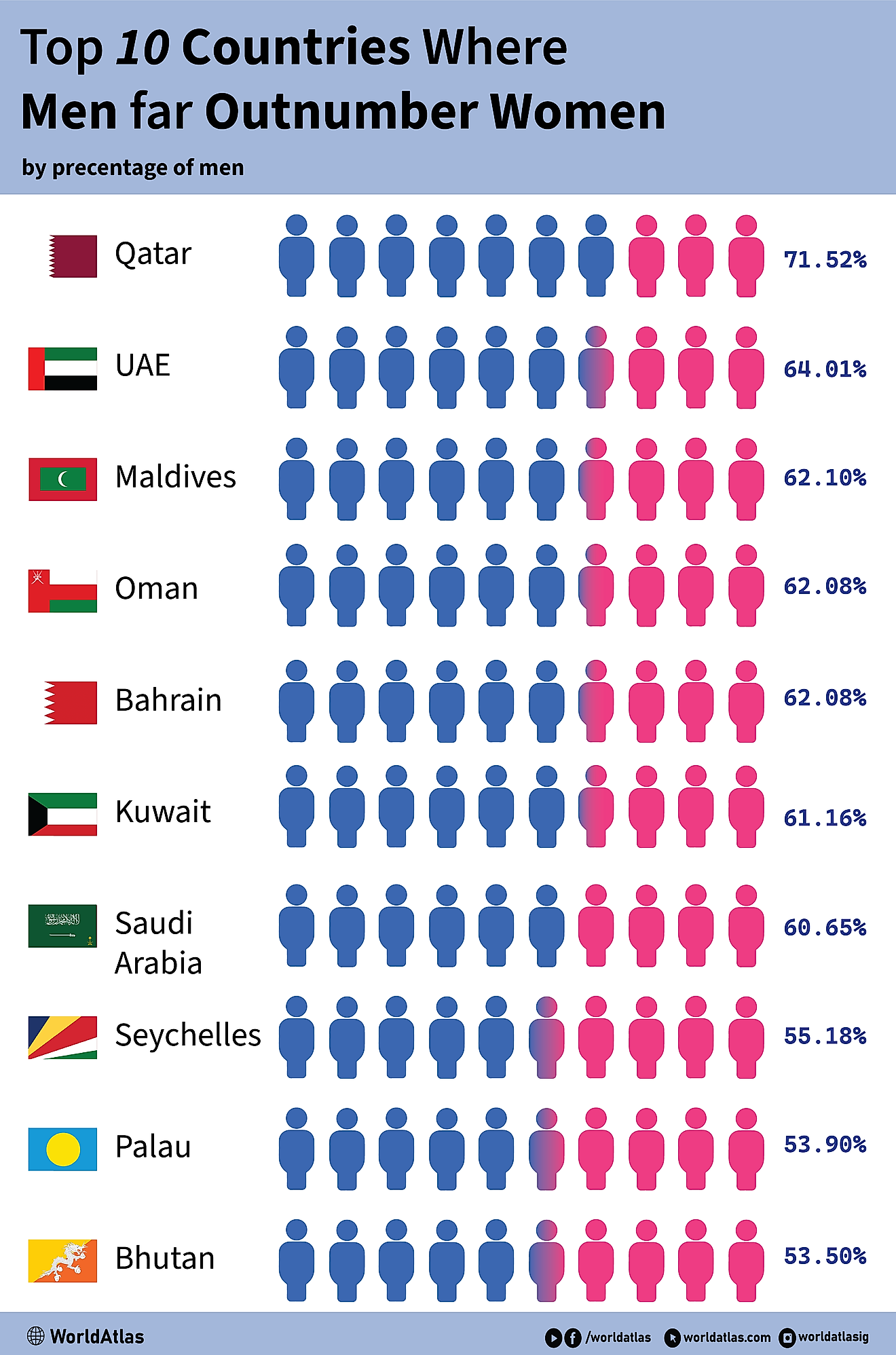What Was The Maastricht Treaty?

6. Historical Background
For more than two millennia, Europe has been a continent of different nationalities and ethnicities, and many of these different neighboring peoples living in almost perpetual conflict with each other. While the Middle Ages brought about somewhat of a cultural unification under the banner of Christendom, and the consciousness of a European Civilization was formed, events such as the dissolution of the Holy Roman Empire and, much later, the World Wars, effectively destroyed all pretensions of there being a unified Europe. Still, Count Coudenhove Kalergi of Austria founded the Pan-European Movement in 1923, and brought together diverse political personages in the First Pan-European Congress of Vienna in 1926.
5. Signatory Countries
The European Community has enlarged six times since the Treaty of Paris. The U.K., Denmark, and Ireland joined in 1973, and Greece joined in 1981. Then came Portugal and Spain, followed by Austria, Finland, and Sweden in 1995. The fifth enlargement in 2004 included the Czech Republic, Estonia, Hungary, Latvia, Lithuania, Poland, Slovakia, Slovenia, Malta, and Cyprus. When Bulgaria and Romania came to the fold in 2007, they had joined what was now the present shape of the community, the European Union (EU). The original signatory nations of the Maastricht Treaty included Belgium, France, Germany, Italy, Luxembourg, the Netherlands, Spain, the United Kingdom, Ireland, Portugal, Greece, and Denmark.
4. Terms And Accomplishments
The Maastricht Treaty grants EU citizenship to citizens of each member state. It also defines the geographical extent to which EU citizens can travel, work, and live freely to include any other member country without the need for any restrictions and permits. The Maastricht Treaty also unified the monetary and foreign policies of states of the European Union. The central banking system which it established led to the creation of a common, multinational European currency: the Euro. The European Union was built around three ‘pillars’. The first pillar is the institutional structure of the EU and every organization involved within it. It provides for the resolutions of disputes, and is a standard for all nations in areas of environmental protection, agricultural production, socialized medicine, education, transportation, and highway infrastructure. The second pillar of the treaty is the Common Foreign and Security Policy (CFSP), the official Foreign Policy agenda of the European Union. It relates to such areas as trade, commercial issues, security, and dealings with third party nations. The third pillar of the European Union is the Police and Judicial Cooperation in Criminal Matters (PJCCM). It deals with law enforcement and the prevention of such major crimes as terrorism, drugs, arms and human trafficking, crimes against children, and corruption and fraud in businesses and governments within the EU.
3. Challenges and Controversies
World War II put a definitive end to European dominance of the world, and Europeans came to realize many of their own weaknesses. The two new superpowers of the world (the United States and the Soviet Union) were extremely superior to European nations economically, politically, and militarily. The USA promoted a centralized European organization that could organize the delivery of the resources of the Marshall Plan (meant to restore and rebuild war-torn Europe). Towards this goal, the Organization for European Economic Cooperation (OEEC) was established in 1948, which became the first institution that fostered Western European cooperation in important multilateral areas. The constitution of the North Atlantic Treaty Organization (NATO) meant that now European countries would be fighting together against a common Communist enemy instead of amongst themselves.
2. Economic Significance
The 1951 Treaty of Paris established the first European Community bound by common political and economic interests. It included France, West Germany, Italy, Belgium, Luxembourg, and the Netherlands, who also made up the European Coal and Steel Community (ECSC), and allowed all of these countries to pool their respective economic resources. Foreign ministers of these countries met in Messina, Italy in 1995, and signed the Treaties of Rome. There they established the European Economic Community (EEC) and the European Atomic Energy Community (EURATOM).
1. Historical Legacy
After the reunification of Germany, Europe suddenly had a new major economic power which could undermine the fledgling cooperation among the member states. The collapse of the Soviet Union contributed to the creation of several new eastern European states as well. A need was felt by all to create a European Political Union by building on common historical traditions and present economic contingencies. The result was the European Union: a supranational community bound by common political, economic, and social interests. The EU came into being with the signing of the Maastricht Treaty on February 7th, 1992, in the Limburg governmental buildings in Maastricht, the Netherlands.











